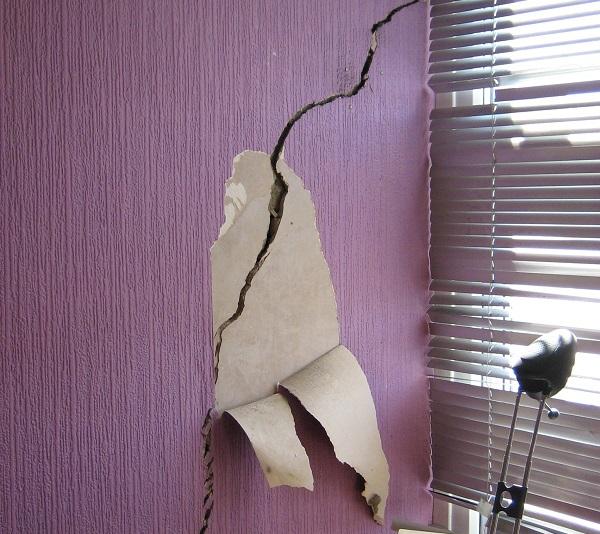How to prevent cracks in walls during construction
Walls usually crack because of movement in buildings. Allowing for these subtle movements during construction can prevent problems later. If you don’t, you risk bowing or cracking because the walls aren’t free to expand or contract.
Ensure movement joints or expansion joints are built in. The joints allow walls to expand and contract due to temperature changes without cracking and also prevent the same if there’s movement due to ground settlement.
As a general guide, the width of the joint in millimetres should be about 30% more than the numerical value of the distance between the joints in metres. For example, movement joints at 12m centres should be a minimum of 15mm wide. This may vary due to compressibility of fillers, sealant performance, and type of masonry.
How to prevent cracks in walls
- Build in movement joints as construction proceeds. Spacing between these joints should never exceed 15m in unreinforced walls.
- Use slip planes - these enable elements of the construction to slide in relation to each other to help reduce stress in the adjacent materials.
- Carefully consider the design and positioning of movement joints and slip planes to ensure they don’t affect the stability of the wall or any of its functions.
- Seal and properly protect movement joints and slip planes on external walls to prevent water penetration.
- Ensure fixings and services don’t interfere with the performance of the movement joints or slip planes. Finishes should be broken at the joints and slip planes and any fixings and fittings should not tie across the joints.
- You may need to provide movement joints at more frequent intervals in external walls with openings or else the masonry above and below the opening may need to be reinforced to restrain movement.
- Pay particular attention to long low horizontal panels of masonry, such as those under windows.
For more information on the requirements for different types of masonry, refer to the freely available LABC Warranty Technical Manual.
Please Note: Every care was taken to ensure the information was correct at the time of publication. Any written guidance provided does not replace the user’s professional judgement. It is the responsibility of the dutyholder or person carrying out the work to ensure compliance with relevant building regulations or applicable technical standards.
Sign up to the building bulletin newsletter
Over 48,000 construction professionals have already signed up for the LABC Building Bulletin.
Join them and receive useful tips, practical technical information and industry news by email once every 6 weeks.
Subscribe to the Building Bulletin




Comments
Building a Storey building
Submitted 4 years 10 months ago
Add new comment